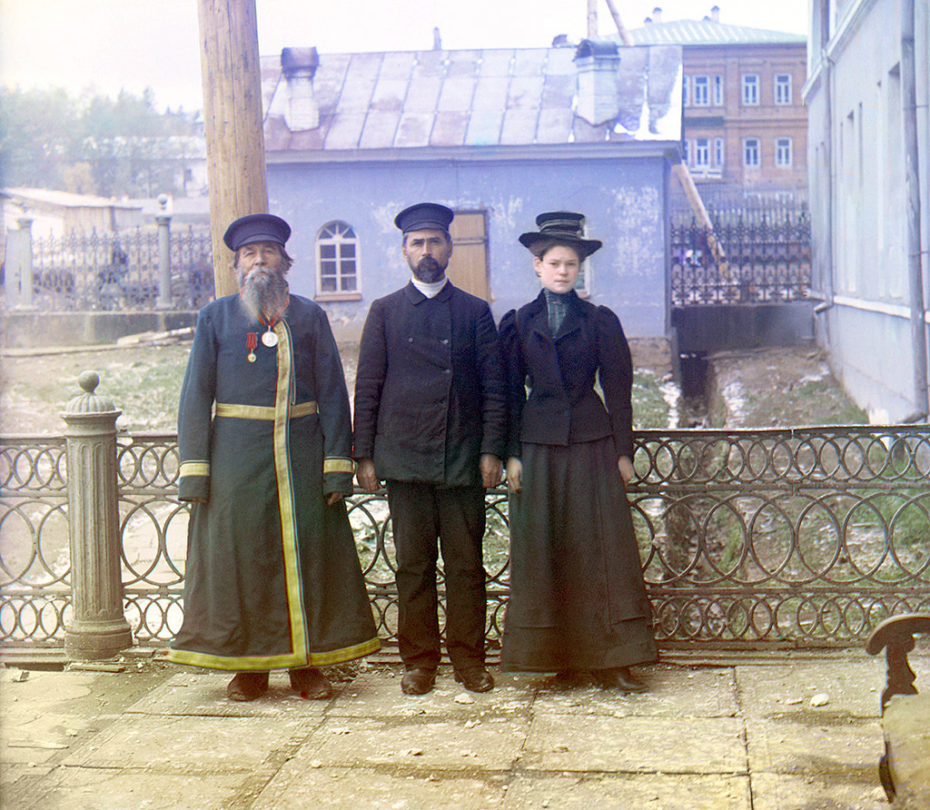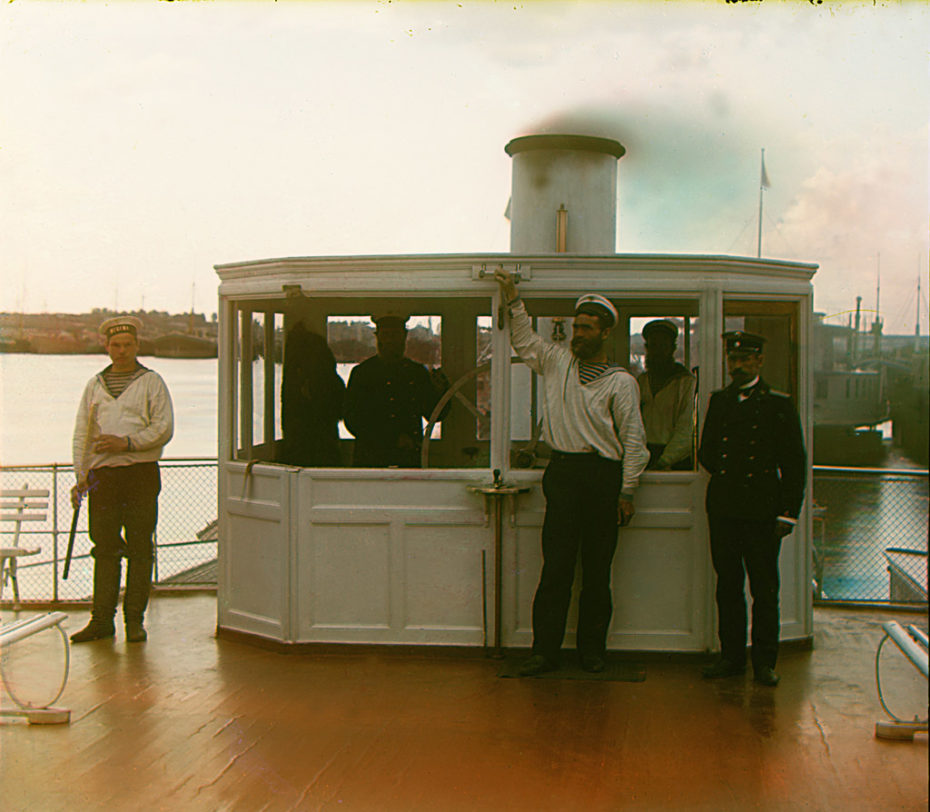It speaks to the importance of discoveries in physics over the past few generations that even the disinterested layman has heard of the field’s central challenge. In brief, there exist two separate systems: general relativity, which describes the physics of space, time, and gravity, and quantum mechanics which describes the physics of fundamental particles like electrons and photons. Each being applicable only at its own scale, one would seem to be incompatible with the other. What the field needs to bring them together is kind of a “grand unified theory,” a concept that has long since worked its way into popular culture.
In the Big Think video above, physicist Michio Kaku explains this scientific quest for what he calls “the God equation” in about five minutes. Such an equation “should unify the basic concepts of physics.” But general relativity as conceived by Albert Einstein is “based on smooth surfaces,” while quantum mechanics is “based on chopping things up into particles.”
The challenge of bringing the two into concert has attracted “the greatest minds of the entire human race,” but to no definitive avail. At this point, Kaku says, only one conception “has survived every challenge: string theory, which is what I do for a living” — and which has attained a rather high level of public awareness, if not necessarily public understanding.
Kaku breaks it down as follows: “If you can peer into the heart of an electron, you would see that it’s a rubber band: a tiny, tiny vibrating string, very similar to a guitar string. There’s an infinite number of vibrations, and that is why we have subatomic particles,” each variety of which corresponds to a different vibration. “A simple idea that encapsulates the entire universe” — and, crucially, a mathematically consistent one — string theory has attracted astute proponents and detractors alike, the latter objecting to its untestabillity. But one day, technology may well advance sufficiently to falsify it or not, and if not, the door opens to the possibility of time machines, wormholes, parallel universes, “things out of The Twilight Zone.” A physicist can dream, can’t he?
For more on this subject read Michio Kaku’s book The God Equation: The Quest for the Theory of Everything.
Related content:
Michio Kaku Explains the Physics Behind Absolutely Everything
What Is Déjà Vu? Michio Kaku Wonders If It’s Triggered by Parallel Universes
Beautiful Equations: Documentary Explores the Beauty of Einstein & Newton’s Great Equations
Bohemian Gravity: String Theory Explored With an A Cappella Version of Bohemian Rhapsody
Based in Seoul, Colin Marshall writes and broadcasts on cities, language, and culture. His projects include the Substack newsletter Books on Cities and the book The Stateless City: a Walk through 21st-Century Los Angeles. Follow him on Twitter at @colinmarshall or on Facebook.



















